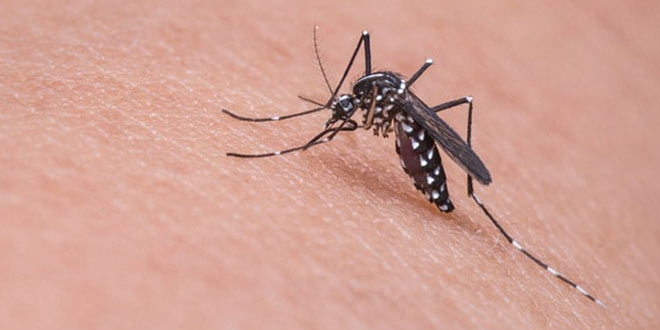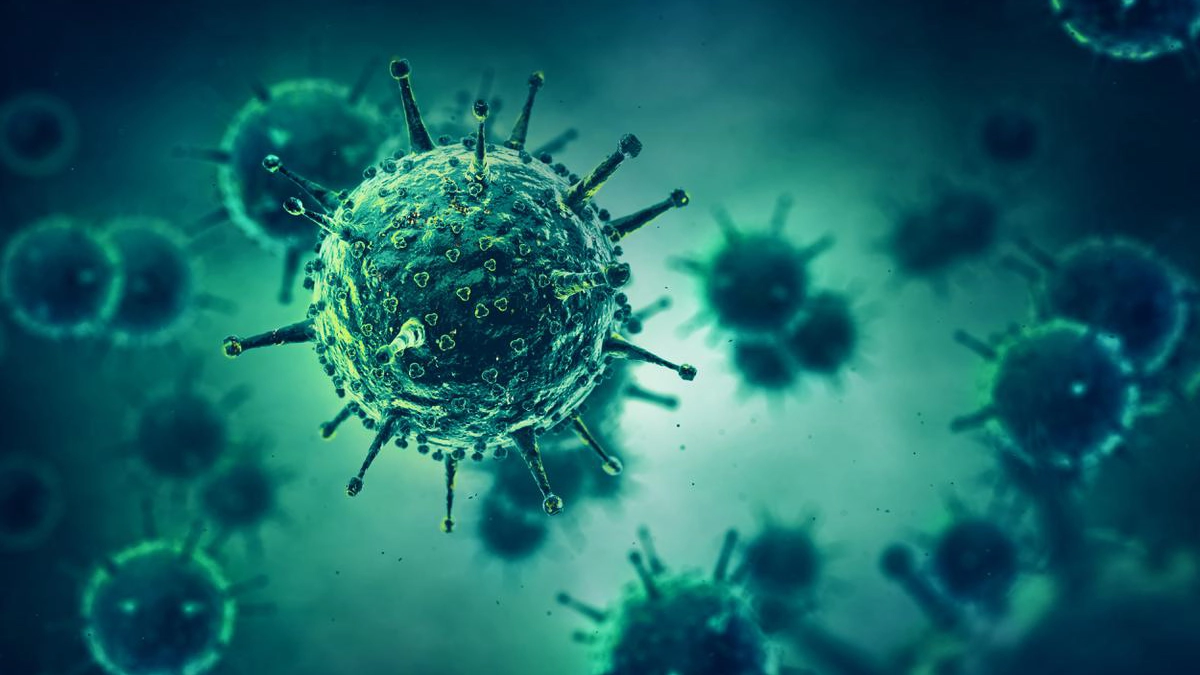
Malaria due to climate change can occur in a wide population
Malaria due to climate change has been a concern in a recent study. Although some studies have reported that the spread of the disease has increased in areas where malaria is currently endemic, or that it has returned to epidemics in areas where the disease has been controlled or eradicated in the past, other studies have reported that there is no association between malaria.
Malaria due to climate change has been observed in a recent study. Malaria is endemic in Europe (including Scandinavia) but was eradicated in 1975, despite rising global temperatures, due to improved socio-economic conditions, improved irrigation and drainage systems, adoption of new farming methods, changes in behavior, and Access to better health care 1213 Malaria due to climate change are complex, and there are still gaps in knowledge about the mechanism of this relationship.
Climate change will increase the chance of spreading malaria in areas traditionally prone to malaria, areas where the disease is under control, and new areas where malaria has not traditionally been found. More malaria cases have been reported in western and northwestern India. Rainfall increased during the La Niña event in 1996, while rainfall in the same area fell during the El Nino event in 1998, and the number of malaria cases decreased. Therefore, changes in the El Niño cycle may be amplified.
The possibility of malaria leading to an epidemic of malaria. The goals of the Global Malaria Action Plan clearly identify malaria in each country. In recent years, some countries have made significant progress in eliminating malaria. Hoshen, A. Morse, Climate-Driven Malaria Transmission Model, Malaria: S. 3: 32.4 USAID, J. Stark, K. Mataja, K. Lubovic, Climate Change, Adaptation, and Conflict: More according to the latest news Preview the study.
If greenhouse gas emissions continue to increase, by 2080, more than 8 billion people will be at risk of malaria and dengue fever. These figures are based on forecasts of population growth of about four times. During the same period, 5 billion, the temperature will rise by about 3.7°C by 2100.
A study published by the London School of Hygiene and Tropical Medicine in the journal “The Lancet Planetary Health” found that the impact on global temperature is that the transmission time of malaria has increased by more than a month. If there is an excess of dengue fever, if there is an excess of dengue fever in the next 50 years Today’s emissions increase, it will take four months.
Felipe Colón Gonzalez, associate professor of LSHTM and co-author of the report, said: "This work provides convincing evidence that reducing greenhouse gas emissions can save millions of people from malaria.
Although some studies have reported that the spread of the disease has increased in areas where malaria is currently endemic, or that it has returned to epidemics in areas where the disease has been controlled or eradicated in the past, other studies have reported that there is no association between malaria. Malaria and climate change.
Malaria is endemic in Europe (including Scandinavia) but was eradicated in 1975, despite rising global temperatures, due to improved socio-economic conditions, improved irrigation and drainage systems, adoption of new farming methods, changes in behavior, and Access to better health care 1213 Malaria and climate change are complex, and there are still gaps in knowledge about the mechanism of this relationship. Climate change will increase the chance of spreading malaria in areas traditionally prone to malaria, areas where the disease is under control, and new areas where malaria has not traditionally been found.
More malaria cases have been reported in western and northwestern India. Rainfall increased during the La Niña event in 1996, while rainfall in the same area fell during the El Nino event in 1998, and the number of malaria cases decreased. Therefore, changes in the El Niño cycle may be amplified. The possibility of malaria leading to an epidemic of malaria.











